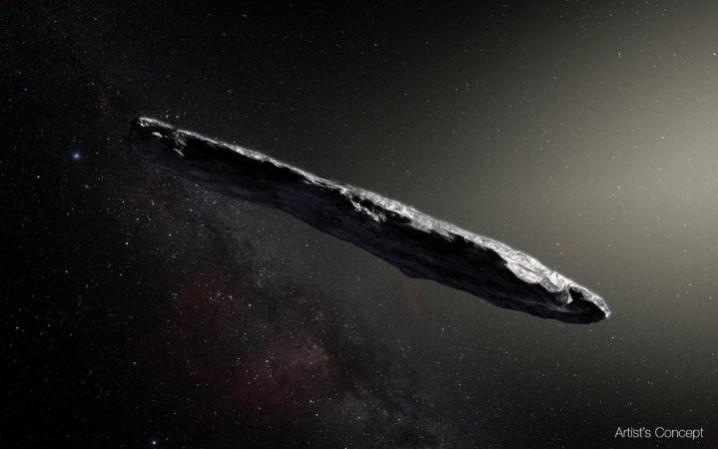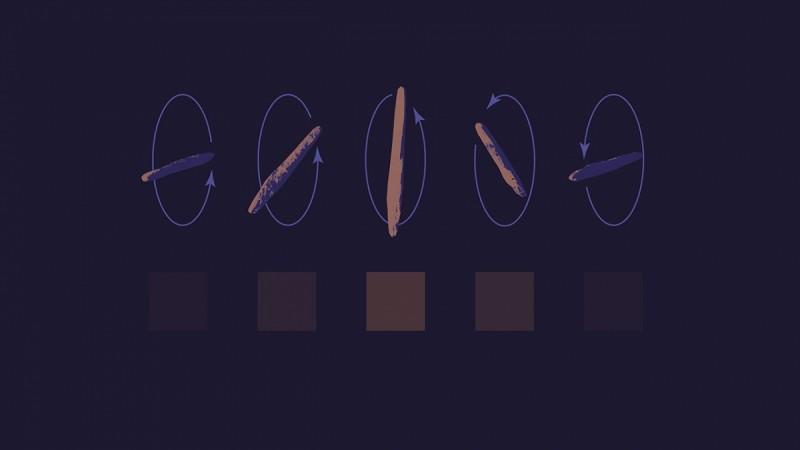
Astronomers at the European Space Agency (ESA) might have just identified where Oumuamua -- our Solar System's first recorded traveller from interstellar space came from. The long, cigar shaped body was speculated to be anything from a comet to an alien spaceship when astronomers first caught wind of it last year.
Oumuamua was also found to be travelling at such high speeds, in fact, it accelerated on its way out as it flew away from the Sun as a result of gases escaping its surface. Scientists hardly got a good glance at it as it tumbled its way out of the Solar System. According to a report by the ESA, they used data from the Gaia stellar surveyor (GSS), and identified four stars that are the possible original homes of Oumuamua.
ESA says that the object definitely came from somewhere in the Milky Way, that is a given. It must've gotten ejected from a star as planets started being formed, so to find its home star, astronomers need to literally trace back time in not only the trajectory of the body, but also go through a number of stars that it might have crossed paths through millions of years.

"Gaia is a powerful time machine for these types of studies, as it provides not only star positions but also their motions," explains Timo Prusti, Gaia project scientist at ESA.
To this end, Coryn Bailer-Jones at the Max Planck Institute for Astronomy in Germany and his team, dived deep into Gaia's second data dump which was made public in April. GSS data contains almost everything that one needs to know about a star, including positions, distance indicators and motions on the sky. Radial velocities that explain how fast a star is moving toward or away from the Sun is also part of this data—for about seven million of these stars. Gaia has info on about a billion stars in the Milky Way, says ESA.
For this study, researchers sifted through seven million stars and added about 220,000 stars for those that had radial velocity data, says ESA.
Coryn and team pinpointed four stars with orbits that came within a few light years of Oumuamua's trajectory in the near past. The stars also needed to have relative velocities that were low enough to have ejection mechanisms that made it possible for Oumuamua to escape.
All four stars identified are dwarf stars that are either smaller or equal to the Sun in mass. These stars also likely had their own "close encounter" with the interstellar traveller in a timescale of between one and seven million years ago, explains ESA.

















